All too often a business owner decides to sell, only to learn a number of harsh realities. For example, oftentimes a business owner discovers that their lack of financial data represents a major problem. The simple fact is that prospective buyers will dive in and scrutinize every aspect of EBITDA (Earnings Before Interest, Taxes, Depreciation & Amortization) when looking at their perceived value of your business. This will most likely take place through what is called a Quality of Earnings Analysis Report (Q of E). General Accepted Accounting Principles serves as the key basis and language for financial reporting (known as GAAP Accounting). GAAP Accounting and Reports often represent a marked departure for how many companies handle their general and day-to-day accounting. The end result of all this can be a substantial shift in EBITDA as compared to what the actual number really is.
Potential buyers will ultimately receive numerous documents that outline the financial and operational health of your business during what is called the due diligence process in acquiring a business. This means that you, as a business owner, must be ready to invest a good deal of time in the process of disclosing as much accurate information as you can, in support and defense of the true and accurate EBITDA of your business. In short, preparing your business to be sold is no small affair when it comes to making sure that information is fully disclosed and in defense of the actual quality of financial and operational health to ensure the highest and best acquisition price.
EBITDA is one of the most common ways to value a business based on multiples of that number. When engaging your business for acquisition in the open market, you should expect that any buyer or potential investor will perform a review of your income statement for adjustments in order to arrive at an adjusted EBITDA that makes sense for THEM.
You need to be ready and fight back as to what the true Adjusted or Normalized EBITDA is, that serves as the basis for a purchase price of your business creating a value used with a multiple to negotiate a final price and terms that make sense for both parties. Miss out on the correct EBITDA for your business by $100,000 on a 3 multiple and you just gave up $300,000 in acquisition cost of your business – as an example.
There are three common EBITDA adjustments:
- First, items related to conversion based on a GAAP Accounting basis; this number can have a considerable range.
- Second, one-time events such as legal expenses, PPP loan forgiveness, insurance settlements, unusual expenses associated with issues/growth of the business can greatly factor into an adjusted EBITDA amount.
- Third, certain personal expenses a business owner takes that would typically not be part of the future cash flow of your business is another potential impact on EBITDA.
It is important not to ignore balance sheets when it comes to representing the financial health and aspects of your business as well. Smaller businesses typically focus strictly on profit, and this factor can result in balance sheets not being reviewed as often as they should be. A balance sheet needs to be recast in a way that the potential buyer truly understands the assets and liabilities that convey in a sale. It is better to recast the balance sheet upfront to what truly conveys with the business as the end result can be items popping up during due diligence causing hiccups in deal making and negotiations.
As an example – many times we see that business owners may park large amounts of cash in their business and on their balance sheets – over and above what is normally necessary. The minute a potential buyer sees a $1,000,000 cash position on a business when a $60,000 working capital position is needed, they are going to want that $940,000 cash to convey with the business. That’s fine if they are willing to pay $940,000 more for the business but not if they want the sale price of the business on a “cash free, debt fee” basis when the business conveys to stay the same with a reasonable sale price.
The same is true with liabilities. If you intend to convey the business without debt – if $500,000 in liabilities is relieved from the business, the value and burden of debt on the business logically increases by an adjusted amount in cash flow that is not needed by the business moving forward. This mathematically (and logically) increases the value of the business based on the cash flow used against the multiple used for valuation. Relieve $100,000 debt service to the business against a 3 multiple for the value equates to an additional $300,000 in value and price that the business should sell.
There are three key points that business owners should keep in mind when they are planning on selling their business:
- Make sure that managers and key employees are able to step in and run the business during the transition period.
- Review your financials, and get ready for GAAP reporting requirements during due diligence with a potential acquisition.
- Consider having a Quality of Earnings analysis performed with your business before going to market so you truly understand the financial health with your business.
As this article underscores, selling a business is a process with numerous moving parts. Well organized and solid financials – defensible EBITDA and operational health, represents to buyers and investors a sound and well-run business with an owner that is professional and realistic in their expectations.
Bottom line? Even if you believe it will be years before you place your business on the market, it is never too early to begin preparing.

